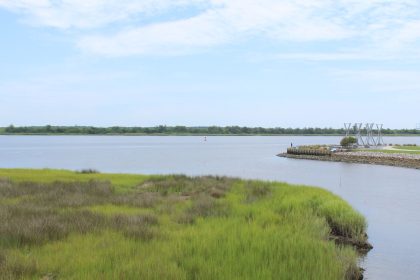Spinal Cord Stimulation May Restore Arm and Hand Mobility After Stroke

WASHINGTON — Researchers using a device that stimulates the spinal cord said they successfully restored hand mobility in two stroke patients, allowing them to perform daily life activities like using a fork to eat a meal.
While the study was admittedly small — it involved only two stroke patients — its significance was such that it was published this week in Nature Medicine.
The technology the researchers employed used a set of thin metal electrodes, which were implanted on the surface of the spinal cord.
Electrical impulses from the device stimulate neural circuits in the spinal cord, priming them to receive movement signals from the brain.
This engages muscles that have been weakened by stroke, allowing patients to voluntarily lift their arms, open and close their fists and grasp household objects.
“We found that continuous stimulation through selected contacts improved strength, kinematics and functional movements, thereby enabling participants to perform movements that they could not perform without spinal cord stimulation,” the authors wrote.
Recent studies have used spinal cord stimulation technology to treat chronic pain and restore leg movement after spinal cord injury.
Building on years of extensive preclinical studies using computer modeling and non-human primates, and a pilot study in humans, researchers tested the new therapy in two stroke patients with moderate to severe motor impairments.
“Both participants retained some of these improvements even without stimulation and no serious adverse events were reported,” they said.
“While we cannot conclusively evaluate safety and efficacy from two participants, our data provide promising, albeit preliminary, evidence that spinal cord stimulation could be an assistive as well as a restorative approach for upper-limb recovery after stroke,” they added.
Globally, one in four people over age 25 will suffer from a stroke, and nearly three-quarters of these individuals will have lasting deficits in the motor control of their arm and hand, causing disability and enormous impacts on daily life.
There are no effective treatments for paralysis in the chronic stage of stroke, which begins six months after the initial stroke incident.
These findings provide a practical stimulation protocol for adapting an existing clinical technology to treat upper-limb paralysis following stroke.
Future studies will examine ways to further optimize stimulation protocols and determine which stroke patients can benefit most from the therapy.
The study was supported by a National Institutes of Health BRAIN Initiative grant and is part of an ongoing clinical trial.
Dan can be reached at [email protected] and @DanMcCue

























